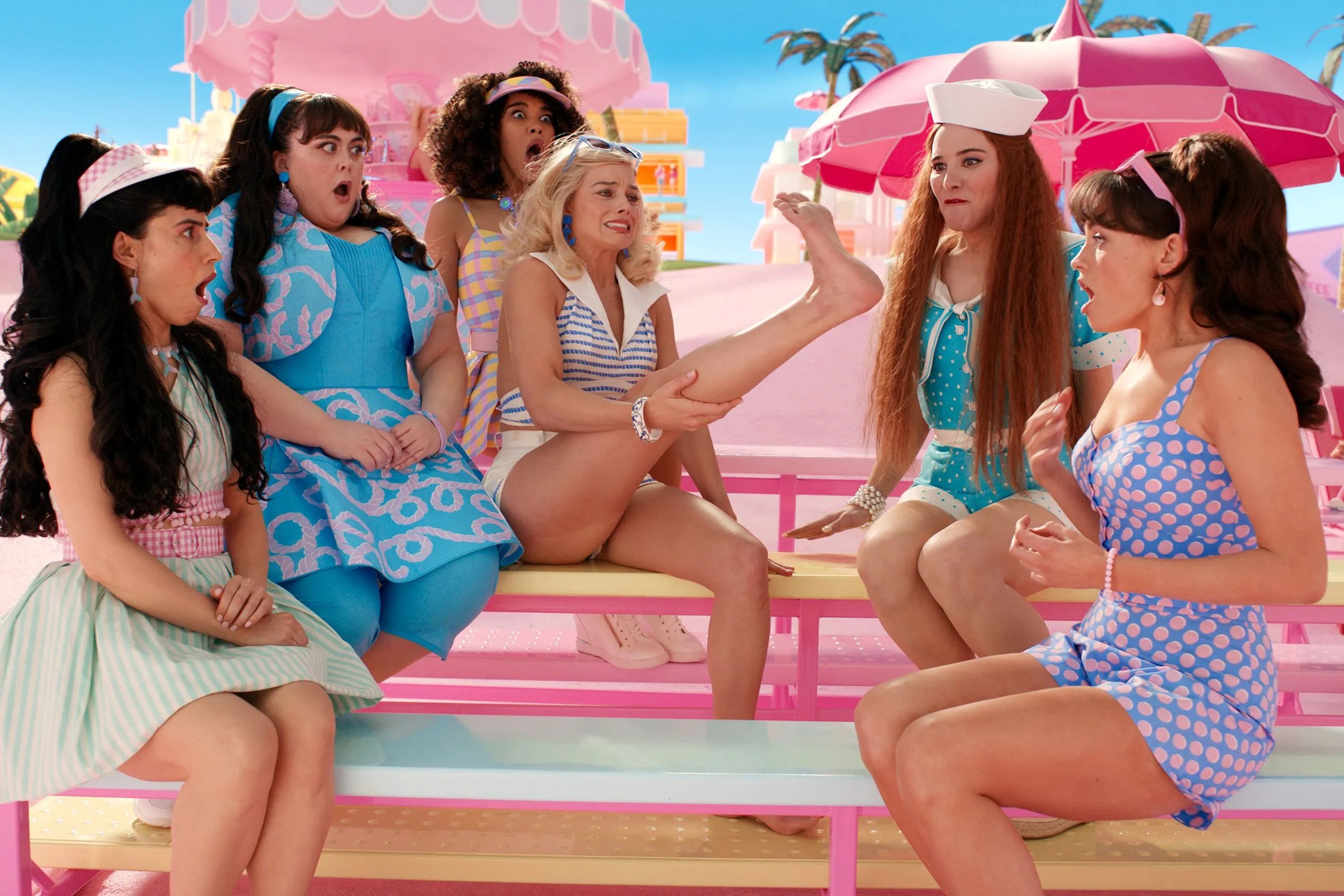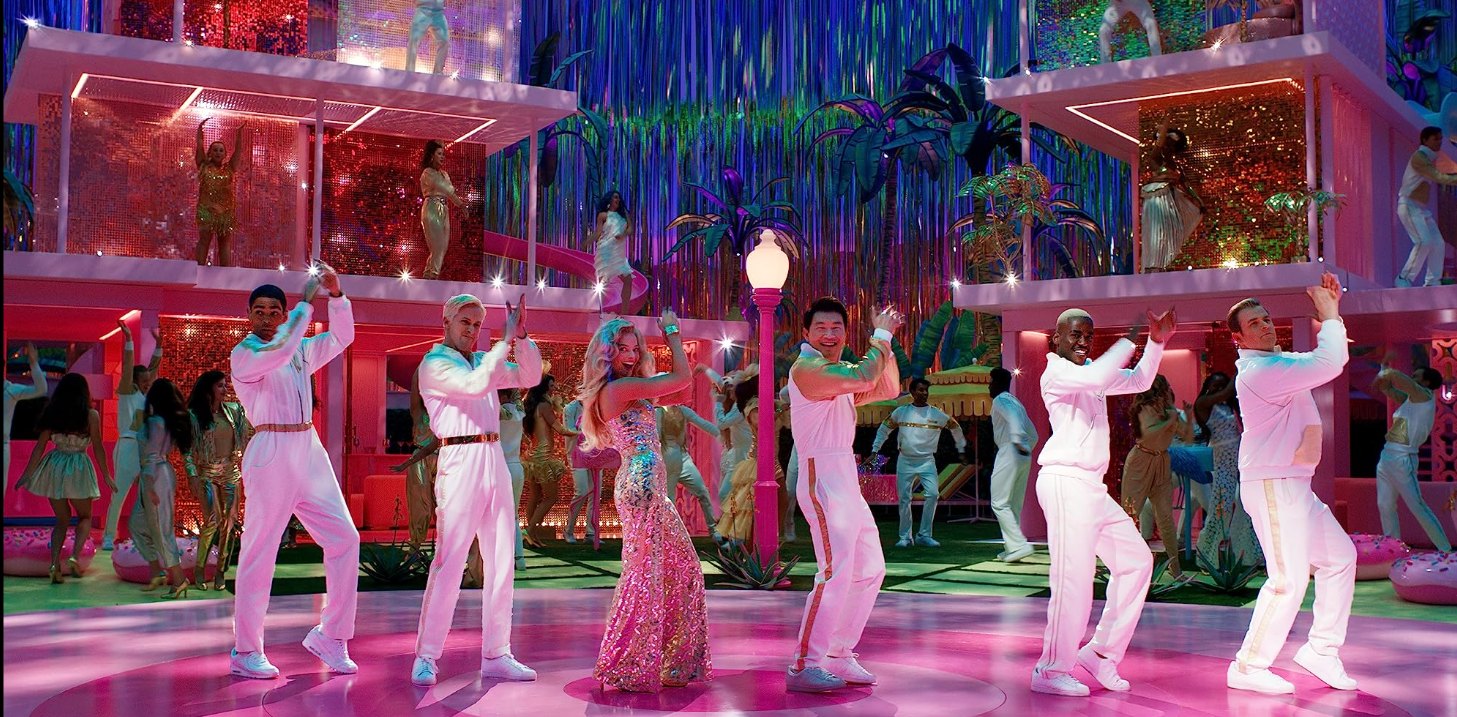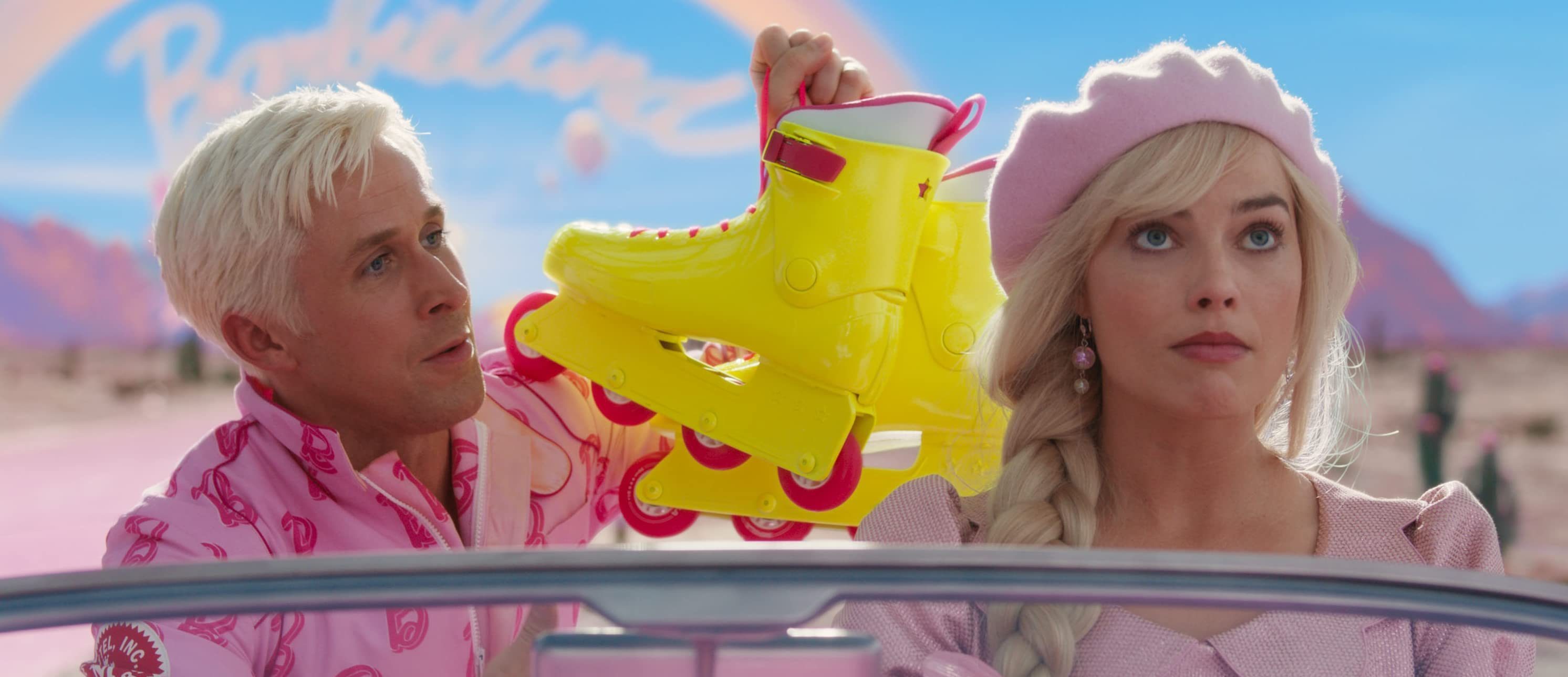Directed by Greta Gerwig, ‘Barbie’ is a sparkly and unusual celebration of human flaws that centers around the titular character, who lives a picture-perfect life in Barbieland. The fantasy comedy movie follows Barbie as she suddenly becomes aware of her imperfections and undergoes a severe existential crisis. She embarks on a journey into the real world with Ken to find the answers to her questions, only to encounter some harsh truths.
Soon, Barbie realizes that the perfection she aspires for is truly inside and decides to reclaim her confidence. Featuring a stellar cast ensemble including Margot Robbie, Ryan Gosling, America Ferrera, Rhea Perlman, Kate McKinnon, and Will Ferrell, the satirical comedy movie delves into relevant themes like gender equality, body positivity, and self-love. Besides, the resemblance of the characters to an iconic cultural icon makes the audience wonder if ‘Barbie’ is inspired by true story or any literature material.
Gerwig’s Barbie: Doll Fiction Mirrors Teen Strife
While ‘Barbie’ is not based on a true story or comic book, it is a live adaptation of the iconic Barbie dolls from Mattel. Moreover, it is partially inspired by a non-fiction novel. According to director Greta Gerwig, who wrote the movie with her partner, Noah Baumbach, she was inspired by Mary Pipher’s 1994 book ‘Reviving Ophelia: Saving the Selves of Adolescent Girls.’ It is a collection of case studies that study the impact of societal pressures on adolescent girls, along with the author’s notes and theories on the same.

Gerwig shared in an interview with Vogue that she partly based the movie’s narrative arc on the book. “My mom would check out books from the library about parenting, and then I would read them,” she said. About the book’s depiction of American teenage girls, the filmmaker added, “They’re funny and brash and confident, and then they just—stop…How is this journey the same thing that a teenage girl feels? All of a sudden, she thinks, Oh, I’m not good enough.” Though basing the movie on this self-doubt in a young girl’s mind, she made it depict what it means to be human rather than just a coming-of-age drama.
Interestingly, when Gerwig was approached to write ‘Barbie,’ she pitched the concept to the producers and Mattel with an abstract poem she wrote, which was heavily influenced by the Apostles’ Creed, a Christian statement of faith. On top of it, given that the characters in the movie are based on popular dolls, both writers took a rather unconventional approach while working on the script. Baumbach reflected, “There really was this kind of open, free road that we could keep building. It’s like you’re playing with dolls when you’re writing something, and in this case, of course, there was this extra layer in that they were dolls.”
Furthermore, when creating the surrealistic visual setting of the movie, that is, Barbieland, Gerwig referred to classic technicolor musicals like ‘The Red Shoes’ and ‘The Umbrellas of Cherbourg.’ She elaborated, “They have such a high level of what we came to call authentic artificiality. You have a painted sky on a soundstage. Which is an illusion, but it’s also really there. The painted backdrop is really there. The tangibility of the artifice is something that we kept going back to.” The director even named the unique color palette used for the movie as “Techni-Barbie.”

Working on the project and creating the characters, Gerwig visited the Mattel headquarters for research purposes. Amazed at the progressive range of dolls, like the one with a presidential ticket, she noticed the various shades of Barbie as a character and incorporated it into her story. In another interview with The Guardian, Gerwig said, “The kind of amazing thing is that Barbie went to the moon before women had the ability to get credit cards,” she says. “That’s crazy. She was always a kind of a step ahead…I was like, ‘Huh, so Barbie’s done it, but we haven’t? As an icon, she’s always been complicated,” she says. “She has always had these two sides to her.”
Apart from giving the characters a progressive touch in terms of gender roles, the acclaimed filmmaker even took references from her own childhood experiences when writing actress Kate McKinnon’s character, Weird Barbie. “We grew up in a neighborhood where there were a lot of girls older than me. So I had a lot of hand-me-down Barbies that had already gotten a haircut by the time I got them. It was like, “Well, we have to do that.” It felt almost like a spiritual conduit to the world of play through that Barbie,” she told Rolling Stone.
Gerwig continued, “Remember that book ‘The Giver,’ by Lois Lowry, where the giver has all the colors and the feelings and stuff? That’s sort of what I thought about Kate’s character. She would be like the giver in a way like she had the knowledge that everyone else didn’t have.” As one can see, ‘Barbie’ may primarily be based on an inanimate doll, yet it represents the writers’ personal experiences, observations, and also the current state of the society we live in. Through its absurdist yet thought-provoking storyline and characters, it sparks conversations among the audience about real-world issues.
Read More: Where Was Barbie Filmed?


You must be logged in to post a comment.